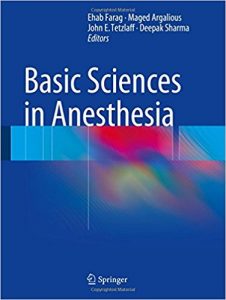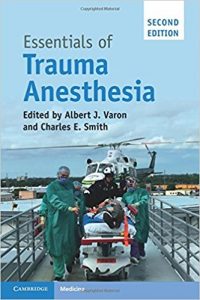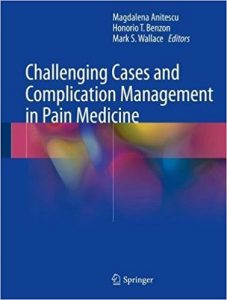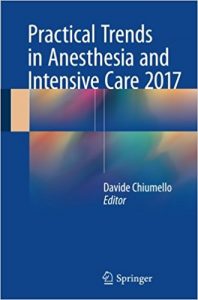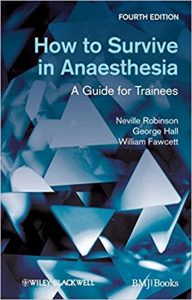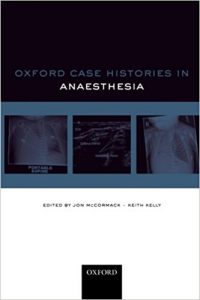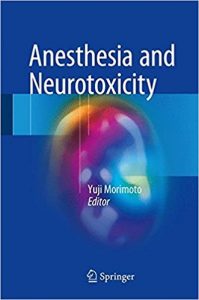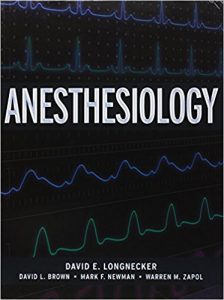Physics for Anesthesiologists: From Daily Life to the Operating Room 1st ed. 2017 Edition
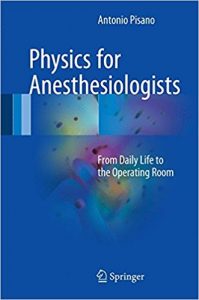
This book discusses, explains and provides detailed, up-to-date information on physics applied to clinical practice in anesthesiology, with the aid of simple examples from daily life. Almost everything that happens around us, including in the operating room and intensive care units, can be explained by physical laws. An awareness and understanding of relatively simple laws such as Bernoulli’s theorem, Hagen-Poiseuille equation and Pascal’s principle, to name just a few, offer anesthesiologists and intensivists fascinating insights into why they do what they do.
Each of the 16 chapters starts with an everyday phenomenon, explains it with a physical law, and then shows why that law is important in anesthesia practice. Numerous illustrations are included for extra clarity.
It is intended for anesthesiologists, intensivists, anesthesia teachers, anesthesia trainees, and medical students.
DOWNLOAD THIS BOOK FREE HERE


